Photographs by Masanori Yoshie
Text by Yuto Hosoda(Chronos Japan)
Casio’s Development Team Makes Constant Efforts for a Luxurious new Polishing
Released in this spring, the MRG-B5000 revives the G-SHOCK Origin DW-5000C as the latest installment in Casio’s flagship MR-G series. It already is remarkable to see the Origin appear as part of the MR-G series, what really deserves attention, however, is the new watch’s luxury finishing, which goes beyond anything in the history of the G-SHOCK to date.
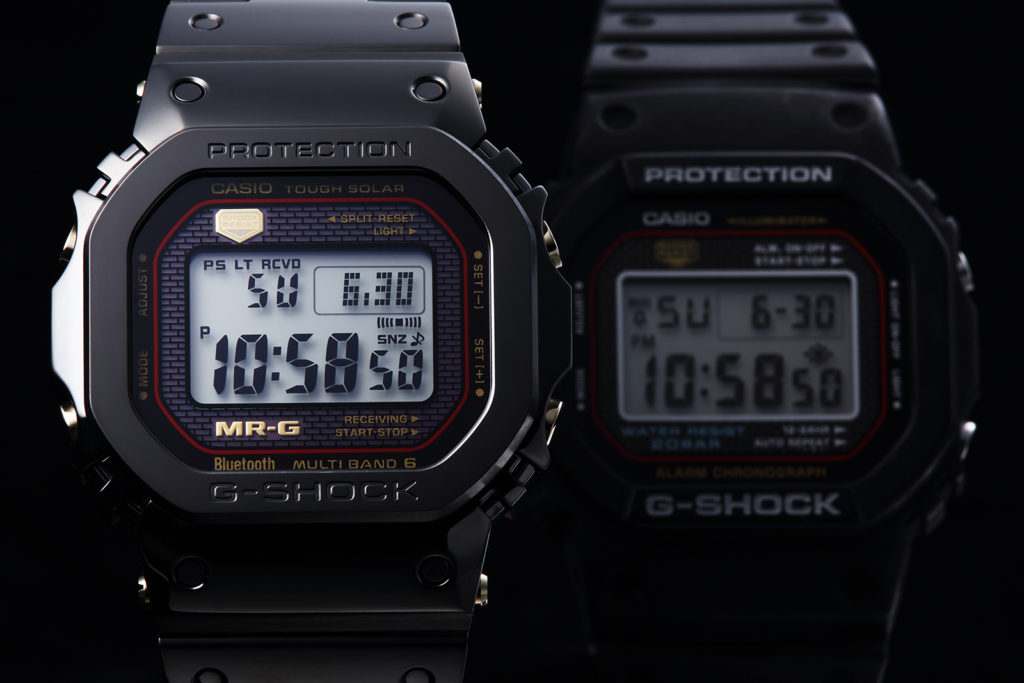
(photo: Masanori Yoshie)
Unveiled in this spring, the G-SHOCK MRG-B5000 is the G-SHOCK first model DW-5000 series watch to carry the MR-G moniker. The latest addition brings an all-metal coating to the Origin, and by incorporating the expertise of the flagship MR-G range, the pinnacle of the G-SHOCK, lifts the icon to a new level of luxury. In this article, we look at the features of the new MRG-B5000, which embodies a totally new flagship version of the G-SHOCK.
Multi-Component Bezel Structure Allows Luxury Finishing Across the Entire Surface
This is the latest G-SHOCK watch: no other model yet produced more perfectly epitomizes the essence of the beloved series. The reason is simple: this watch takes universal elements of the Origin series such as its design and robustness and adds a new level of luxury like nothing seen in any previous installment in the 5000-series. The key to this new deluxe feel is the watch’s all-metal exterior, which marks a radical departure from all previous installments in the G-SHOCK series.
As many readers will be aware, Casio released the GMW-B5000 in 2018, which converted the original model, the DW-5000C, into an all-metal watch. Naturally enough, since both are inspired by the same original, the designs of the two models are so close as to appear identical. But let’s be clear: the two watches are quite different, and based on totally different concepts. Shingo Ishizaka, who led the development project, describes the differences between them as follows:
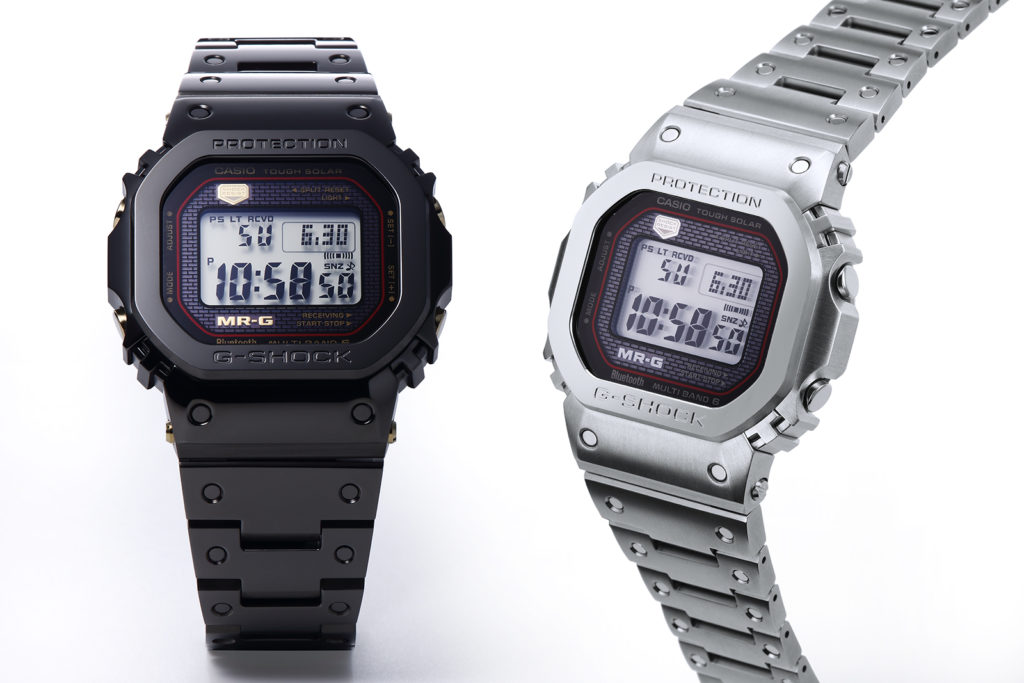
| G-SHOCK MRG-B5000B: The first ever MR-G model of an Origin watch, the MRG-B5000B makes its appearance as the flagship of the G-SHOCK series. As a look at the main cut at the top of this article shows, this model inherits much of the design of the original DW-5000C model. Tough solar. Ti x Cobarion + DLC (L: 49.4 mm, W: 43.2 mm, H: 12.9 mm) 200-meter water resistance (photo: Masanori Yoshie). | G-SHOCK MRG-B5000D: The MRG-B5000D features a titanium carbide coating. To differentiate it from the previous all-metal G-SHOCK model GMW-B5000, it makes extensive use of satin finishing and emphasizes the sharp-angled contours of the ridges. Tough solar. Ti x Cobarion + titanium carbide. (L: 49.4 mm, W: 43.2 mm, H: 12.9 mm) 200-meter water resistance (photo: Masanori Yoshie). |
Shingo Ishizaka: “The GMW-B5000 was developed with the aim of producing an all-metal case for the modeling of origin made of resin. But since the Origin was designed with a resin production in mind, simply building a metal watch to the same design results in various limitations. For example, the polishing and finishing on the outer casing. Ideally, this needs to be done by parallel buffing of the surfaces, but the ridge-heavy design of the Origin, with its numerous indentations, means that not every part of the surface can be easily polished. And since the GMW-B5000 was produced using an integrated molding, as with the Origin, that meant there were some places that simply couldn’t be polished.”
Even if you did manage to polish the protruding parts, the corners would still be left without a finishing sheen. This is why no Origin design had ever been used in the MR-G series until now. The series has been built around the concept of an all-metal case and the brand’s high level of polishing.
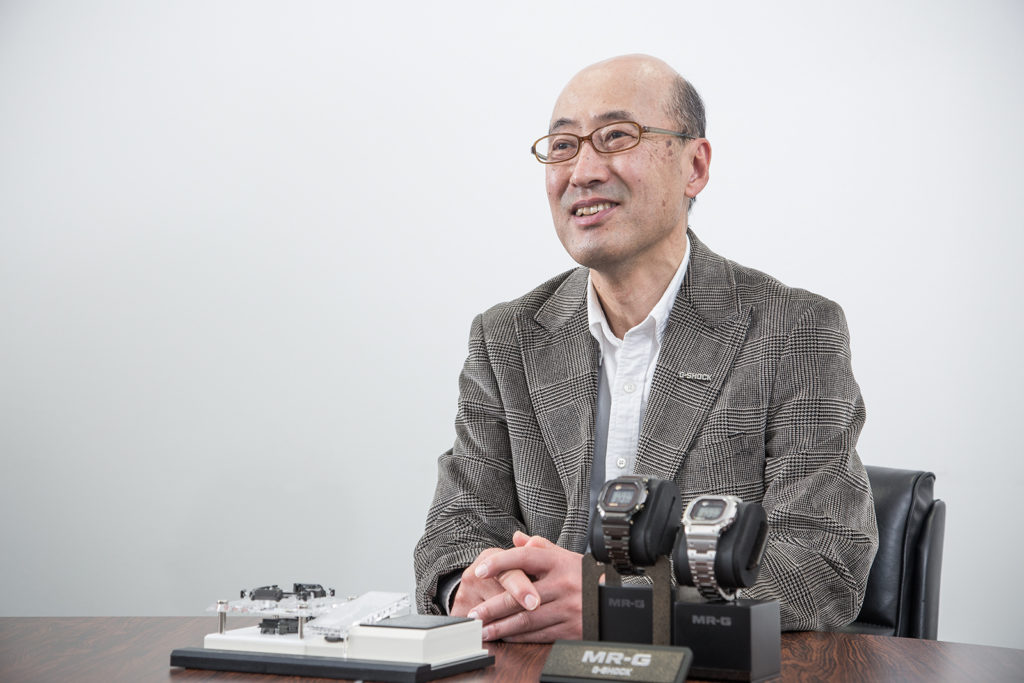
Shingo Ishizaka, a member of the production team within Casio’s Development Headquarters, was responsible for planning the MRG-B5000 project. He says that he and his team knew that they couldn’t afford to stick too rigidly to a conventional approach to watchmaking in adapting the Origin to the MR-G series. This flexible attitude, typical of Casio as a non-specialist watchmaker, had the end result of giving the MRG-B5000 case a remarkably polished finish for a G-SHOCK watch: (photo: Masanori Yoshie)
“By contrast, with the MRG-B5000, the concept was to produce a model that would be optimized for use with an all-metal case. We redesigned the Origin case with a view to removing as many protruding faces as possible from the parts. And as a result, we were able to give the watch a polish that fitted the image of the MR-G series.”
So how did the team set about redesigning the case? Kazumasa Yokoo, who was responsible for developing the exterior of the watch, talked us through the procedure he and his team followed.
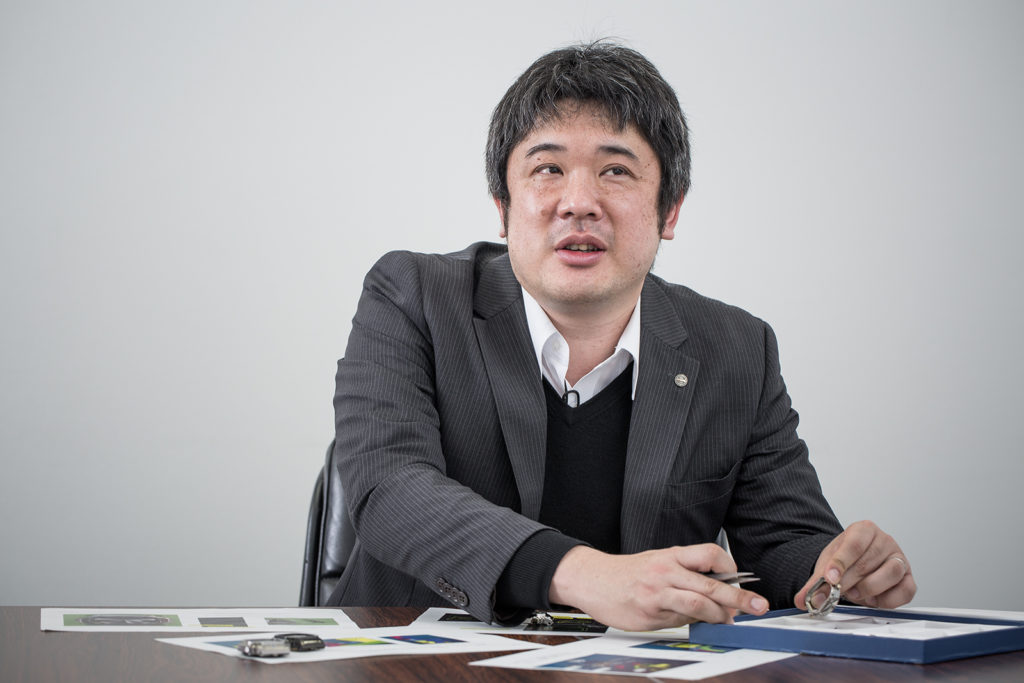
Kazumasa Yokoo, team leader of the development of exterior design at Casio, who was responsible for dividing the original design into multiple parts. The process of creating a polishable case began by dividing the GMW-B5000 bezel into two parts. Work began after New Year in 2020, and by June, the team had more or less decided on the number of parts. After fine-tuning, they eventually settled on 25 parts. (photo: Masanori Yoshie)
“Any concavities in the design have a huge impact on polishing. We started by dividing the convex parts and trying to get rid of the concavities. First, we divided the bezel (head) of the GMW-B5000 into two parts: the distinctive octagonal top bezel and a middle bezel that makes up the rest of the unit. Then we gradually broke it up into smaller parts from there.”
The team used computer aided design (CAD) to divide the bezel into smaller pieces. According to Yokoo, the biggest headache was the trade-off involved in balancing the increasing number of parts with the need to preserve the robustness and shock resistance of the G-SHOCK brand.
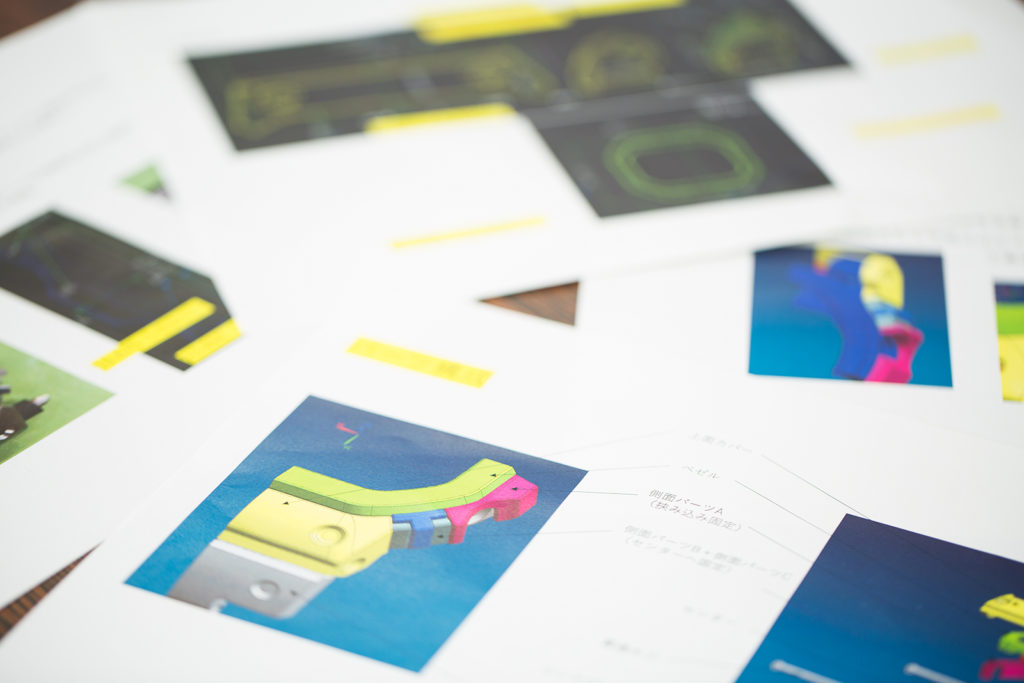
A CAD drawing that Yokoo showed us during our visit shows where each part is to be fixed, and the allowable tolerance of each of the components. (photo: Masanori Yoshie)
Kazumasa Yokoo: “At the same time as dividing up the parts, we had to think about how we were going to fix them back together. With the all-metal G-SHOCK, we inserted shock-absorbing materials between the module and the case to maintain shock resistance. But dividing the body into smaller parts makes it impossible to insert the shock-absorbing material in the same way as with previous models. This meant we had to go through a repeat process of fine-tuning with these elements in mind. We kept putting the parts back together, and dividing them again in different ways, until finally we settled on a design that uses 25 parts for the bezel.”
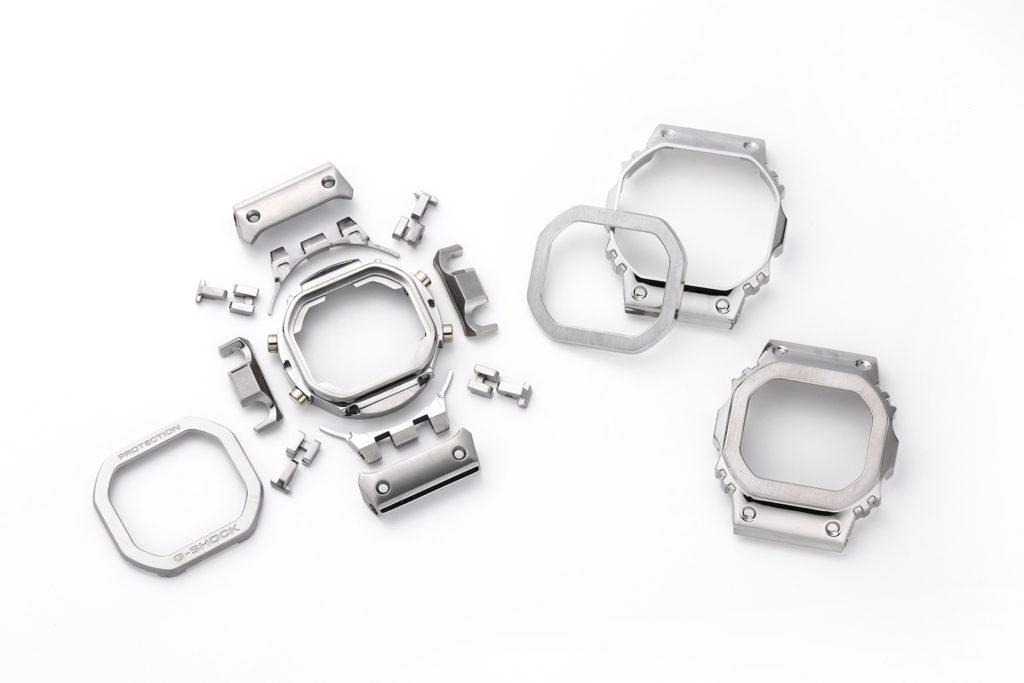
Prototype cases used during the design process. On the right is the original GMW-B5000 bezel that was the starting point for the process. Second from right is the first step in the process, in which the original bezel was divided into a top bezel and a middle bezel. The designers followed a process of trial and error, rejoining parts if they felt they had gone too far. The version on the left shows the case broken up into more parts than were used in the finished version. The watch became too difficult to assemble as a product when the bezel was divided into this many parts. (photo: Masanori Yoshie)
By dividing the bezel into 25 parts, the team managed to come up with a model for the MRG-B5000 in which all the parts of the bezel were polishable. The parts are put together after Sallaz polishing and other preliminary polishing. . (photo: Masanori Yoshie)
Kazumasa Yokoo: “The parts themselves are quite delicate. The side parts are held in place by the top bezel, and then that is secured with the other parts. In other words, by assembling all the parts together just right, we were able to fix everything in place. But this intricate, mosaic-like approach means that the assembly process itself is quite complicated. And once we assembled the parts, we started to notice gaps between the ridges. For that reason, we set the tolerance limits even more strictly than with other models.”

With the GMW-B5000, fine resin cushioning material is inserted between the case and the bezel to absorb any shocks. But with the MRG-B5000, because the case is divided into smaller parts, there isn’t any space to insert the cushioning material in the same way as with other models. For this reason, a multi-guard structure was incorporated into the MRG-B5000. This is a new type of shock-absorbent structure, which uses suspension parts at the four corners of the bezel that incorporate a T-shaped bar and leaf springs, together with cushioning in the case side and lugs. (photo: Masanori Yoshie)
With the MRG-B5000, both polishing and assembly require high levels of technical skills. For this reason, assembly is done by hand. Some of the parts in the MRG-B5000 have elaborate shapes that make them difficult to produce using press forming, so machining is used for these parts. This is one of the things that make the MRG-B5000 distinctive, and one of the reasons why I wrote at the outset of this article that the external appearance of the MRG-B5000 marks a break from all its predecessors in the series.
The division of the bezel into separate parts each with a polishable surface results in a watch with an outstandingly high-quality finish for a G-SHOCK watch. The face is perfectly smooth, while the ridges of the case, band, and bezel have just the right level of sharpness. Considering the amount of intricate, costly work that went into producing the watches, it is hard to quibble that the highest ever for a regular model in the history of the G-SHOCK series.
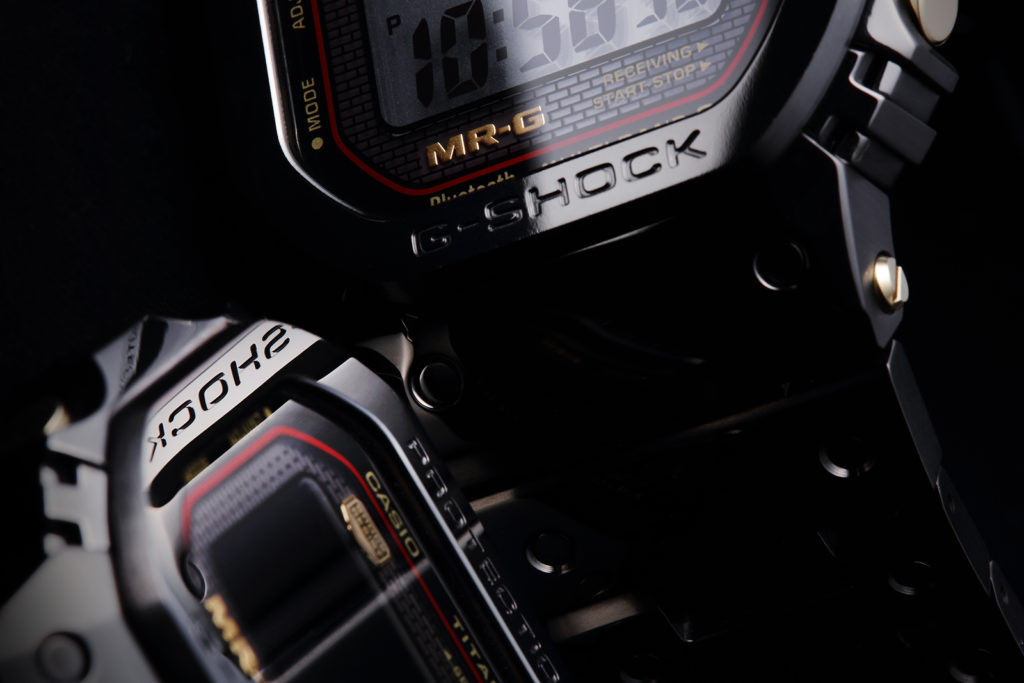
The perfectly smooth face is a good illustration of the outstanding quality of the finish on the MRG-B5000. Here, the “G-SHOCK” lettering of MRG-B5000B in the top of the photo can be seen quite clearly reflected in the top bezel of the MRG-B5000D below. (photo: Masanori Yoshie)
Two New Materials Used for the First Time in any Regular Model
It is not only the externals of the MRG-B5000 that incorporate an unusually intricate production method for the Origin series. The materials too are quite different from anything seen in an Origin watch to date. The middle case, back cover, and buttons use a Ti64 titanium alloy comprising 6% aluminum and 4% vanadium, while the top bezel employs the Cobarion cobalt alloy, which is approximately four times harder than pure titanium and has the same brilliance as platinum. The band is made of a DAT55G titanium alloy, approximately three times harder than pure titanium.
“We chose Cobarion as a fittingly luxurious material for the MRG-B5000, as a flagship model. In choosing the DAT55G alloy, of course hardness was important, but another important factor was the excellent workability that it offers,” says Ishizaka.
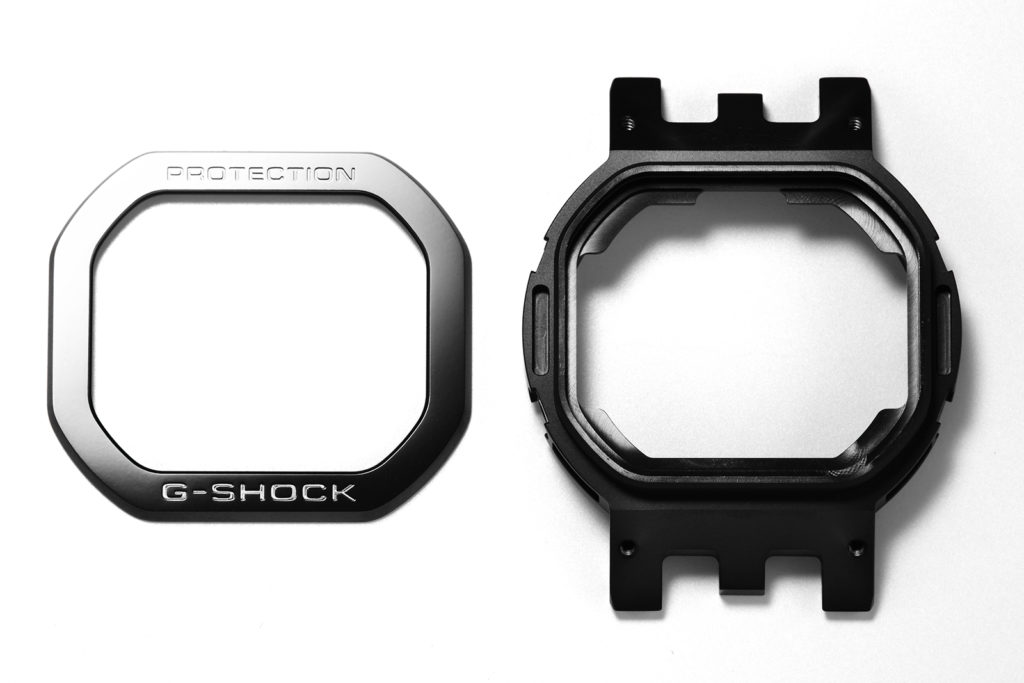
The top bezel (left) uses Cobarion, a cobalt-chromium based alloy. The application of Sallaz polishing on this material, which has the same brilliance as platinum, gives the watch a distinctly luxurious feel unlike anything seen in the G-SHOCK series to date. 64Ti is used in the middle case (right) and many of the other parts, including the back cover and buckle. (photo: Masanori Yoshie)
Even though this material is said to be three times harder than pure titanium, it is said to offer excellent workability as well. What is the explanation for this?
Ishizaka: “After molding and polishing, DAT55G requires a special hardening process. Before that process, it’s actually softer than Ti64. Our manufacturing process requires us to make small holes in the band for the link pins to pass through. With Ti64, the material is simply too hard, and it is impossible to cut these holes in the material. Noticing that DAT55G is relatively soft before processing, we decided to use this material for the band to take advantage of this quality of the alloy.”
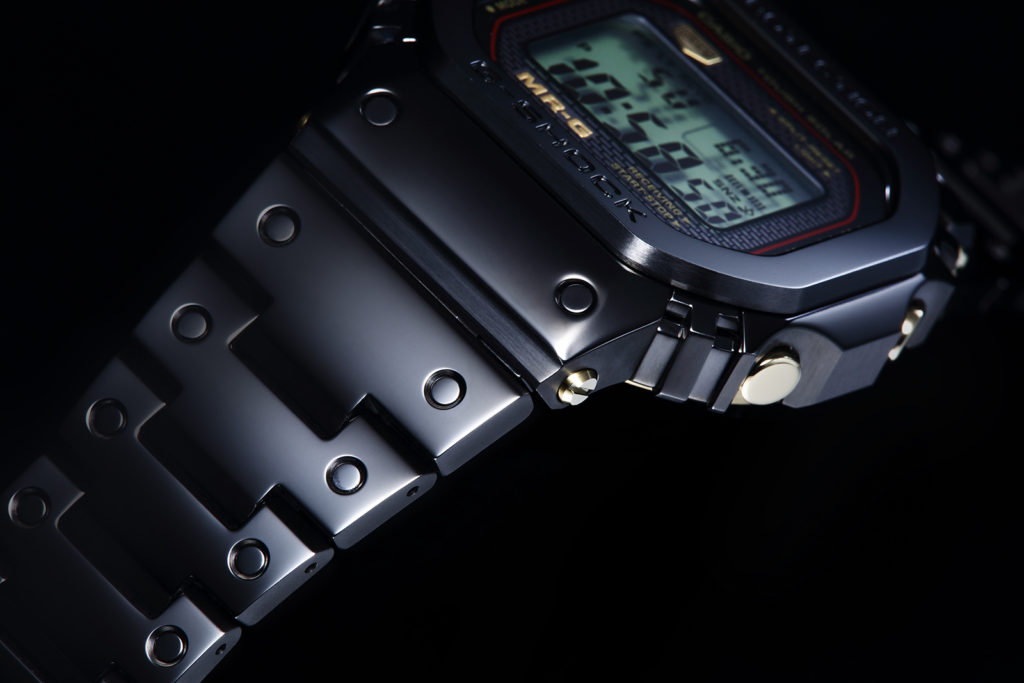
The sleek outer appearance of the MRG-B5000, with its sharply defined ridges and a mirror-smooth face. The band uses DAT55G, a titanium alloy that offers excellent workability and three times the hardness of pure titanium. Even the dimples in the band are made from separate pieces, allowing them to be polished separately. .(photo: Masanori Yoshie)
Not only do these two materials offer excellent qualities, they are also the perfect match for the MR-G concept, which is built on the idea of a fusion between Japan’s cutting-edge technology and its traditions of craftsmanship. Both metals are pioneering alloys developed in Japan: Cobarion is produced by Eiwa in Iwate Prefecture, while DAT55G was developed by Daido Steel in Aichi Prefecture. Together, they make the perfect match for the MRG-B5000.
Turning the Origin into a Flagship Model and the Pride of Casio’s Development Team
The MRG-B5000 has been given a more elaborate finish and appearance than any other model in the MR-G series to date. For many, it will perhaps come as a surprise to see a familiar favorite like the Origin offered for sale at such a high price in G-SHOCK. But the almost-excessive attention to detail and the quality of the finishing put the new model head and shoulders above other middle-range watches in the same price range. In fact, production of the watch is so cost-intensive that even at this price the company will barely turn a profit. But Casio was determined to do whatever it took to produce a flagship model of the Origin. The result is the latest G-SHOCK watch.
The company was determined that there was no room for compromise if the iconic Origin was going to join its pinnacle MR-G lineup. The high-quality polish and exquisite external appearance of the finished product testify to the deep pride taken by everyone involved in the development of the watch.
For more info: https://www.gshock.com/collections/mrgb5000

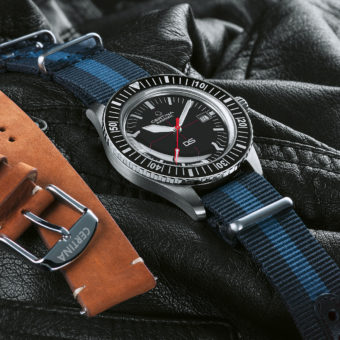
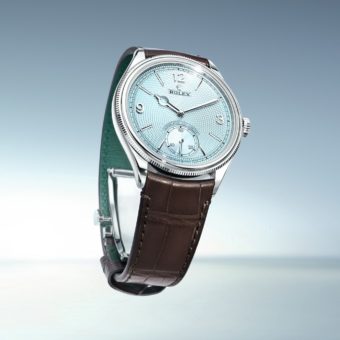
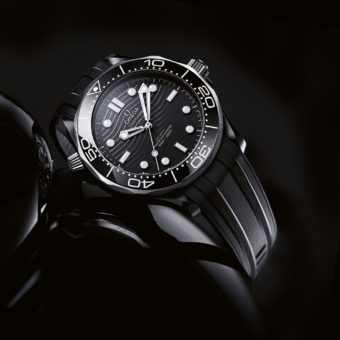
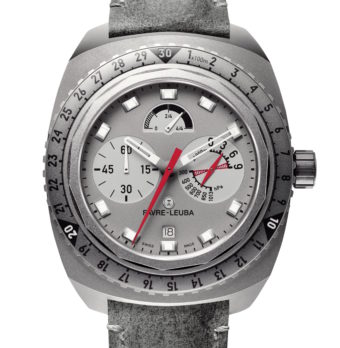
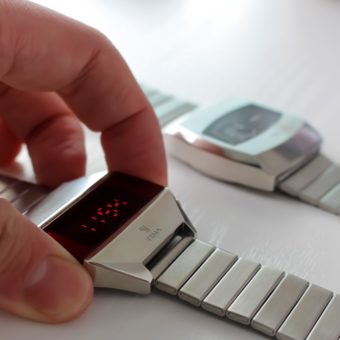
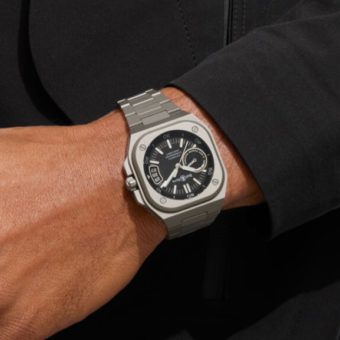
Well, The biggest problem is that the first link on the bracelet doesn’t fully articulate. Japanese houses do have this problem, They focus too much on the main case and forget the total end to end product.